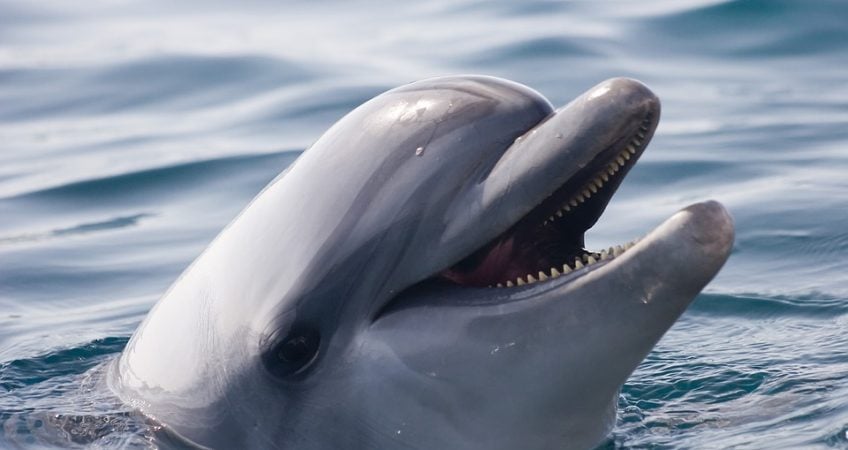Many animals like to sleep lying down, but others have unique sleeping habits. Bats sleep hanging upside down, horses sleep standing up, and walruses can sleep on both land and water. But do you know how a dolphin sleeps?
Dolphins sleep with one eye open. This is because they need to go up for air from time to time and be wary of predators. They technically rest half their brain and are always conscious.
How Are Dolphins Different from Other Animals in Terms of Sleep?
Dolphins, in general, sleep very differently than most animals since they need to swim on the surface to breathe continuously. While humans have extended periods of unconscious sleep, we are not very aware of our surroundings when we are in a deep sleep. This is because, when we are asleep, our breathing reflex still permits us to breathe automatically even if we are in a deep slumber.
Dolphins, on the other hand, cannot sleep the same way. They need to remain conscious even if they are resting because breathing for them is not automatic. It is consciously controlled, meaning they need to decide when to breathe actively. If dolphins went into unconscious sleep like us, they would drown or suffocate.
To work around this, dolphins allow half of their brains to sleep while the other half is awake and alert. The half that is awake is responsible for breathing and looking out for danger. This also means that dolphins sleep with one eye closed.
If the left eye is closed, the right half of the brain is asleep. If the right eye is shut, the brain’s left half is inactive. This type of sleep is called unihemispheric sleep, where only one hemisphere of the brain is inactive at a time. Dolphins usually alternate which half of the brain is sleeping to get enough rest without losing consciousness. (Source: Whale and Dolphin Conservation)
Do Other Animals Practice Unihemispheric Sleeping?
Other animals that practice unihemispheric sleeping include eared seals and manatees. These animals enjoy the restorative benefits of sleep while still being awake to look for predators and other potential threats. Some birds practice this kind of sleep. This allows them to protect themselves from predators. Examples of these are migratory birds that have to fly for an extended period of time. They may fall asleep while gliding. The Alpine swift has been noted to fly for 200 days non-stop, and they can do this because of unihemispheric sleeping. (Source: Sleep Foundation)
Can Humans Sleep Like Dolphins?
Recent research shows that humans exhibit a similar sleeping style when they have trouble sleeping in a new location. This phenomenon is called the first night effect. Although complete unihemispheric sleep is not known to occur in humans. The effect does involve asymmetric dynamics between the right and left hemispheres.
Our research has shown that spontaneous dynamic symmetry breaking of the two brain hemispheres is possible also for humans. Since different sleep stages are associated with different degrees of synchronization, I believe that some weak form of unihemispheric sleep, i.e., different sleep depth of the two hemispheres, can well occur in humans, not only in whales, dolphins, seals, and migratory birds.
Eckehard Schöll, Professor of Theoretical Physics at Technische Universität Berlin
(Source: Phys Org)
